As a professional supplier with 15 years of experience in the development and production of hunting clothing, Bowins deeply studies different hunting activities, tools and scenarios, and perfectly interprets the functionality and comfort of hunting clothing in different hunting activities to help hunters harvest the perfect experience. This article will introduce bow hunting for big game hunting.
Bow hunting is the hunting of wild animals by shooting arrows. Many indigenous peoples have used this technique as their primary hunting method for thousands of years, and it continues to contemporary times for sport and hunting.
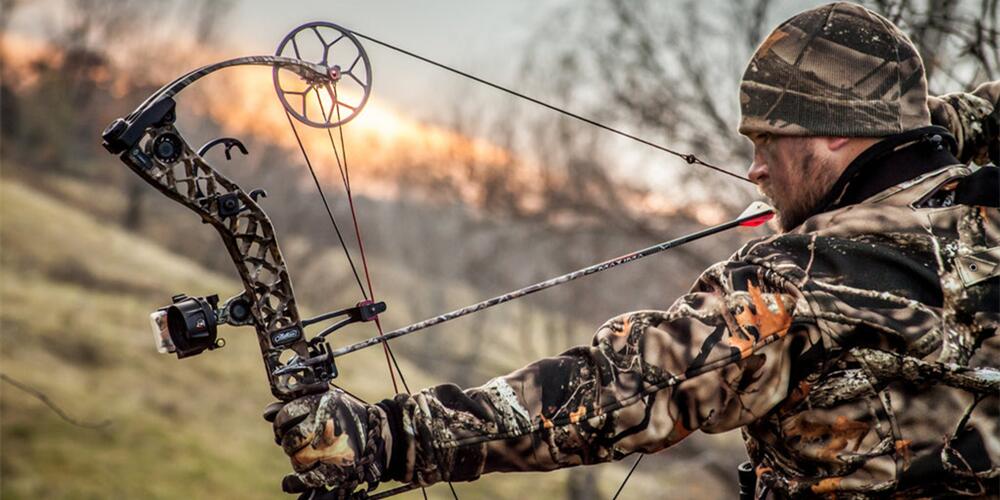
Equipment
Arrows, bows, and sights are usually of a more modern variety. However, all effective variants, including crossbows and wooden bows firing stone-tipped wooden arrows, were used. The arrows are chosen to ensure lethality. The wide head features blades that protrude from the shaft at an angle, causing more damage to the target; Some styles have retractable blades that deploy only after hitting the target.
Big game hunting requires more than 35 pounds of pull (16 kilograms of force). For large animals, such as elk or moose, more than 50 pounds (23 kg) is recommended. Most American male archers can use a 50-60 lb (23-27 kg) bow, and most women can use a 30-40 lb (14-18 kg) bow.
Other things being equal, a lighter arrow leads to higher speed and a flatter trajectory. The more massive the arrow, the more momentum it has, and the better it penetrates through large animals. The recommended minimum mass is 650 g (40 g) for animals such as deer and pigs, and 900 g (60 g) for the largest prey.
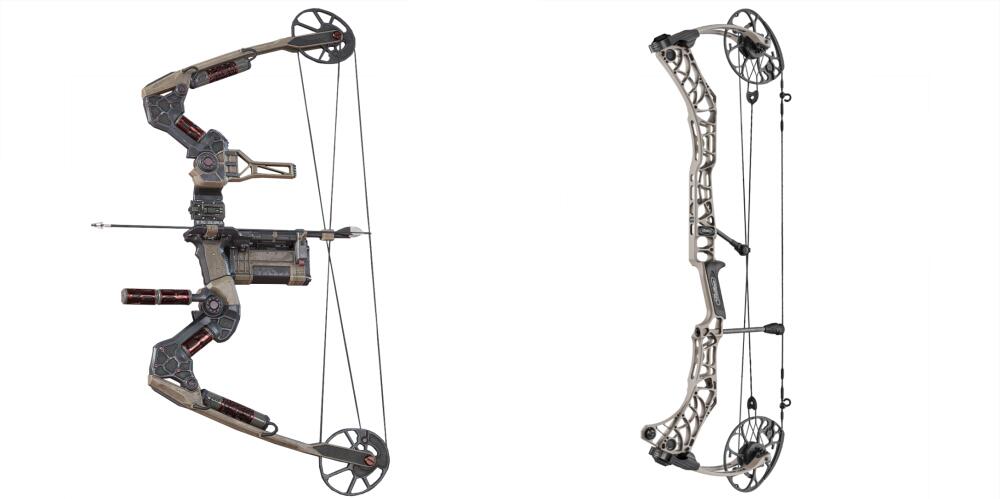
Methods of hunting
Bowhunters can shoot effectively at ranges of over 200 yards (180 m) compared to hunters with rifles; Archers usually limit the range to between 2.3 and 42 yards (2 and 38 m). Distance depends on individual ability, target animal, bow strength, terrain, arrows, and weather. A bowhunter might walk slowly along the ground in search of prey and carefully track it on final approach. This slow, methodical tracking is called “stalking.” Hunters often wear camouflage and walk against the wind (wind on the face) so that the prey in front of them cannot smell them.
In “standing hunting,” hunters wait for prey to come to them, usually near food, water, or known trails. Use brushes and other natural materials as cover, or use a “ground shade” that looks like a camouflage tent. They usually “pop up” and can be set from folding in a matter of minutes. Hunters can wait on wooden or metal shelves 3 to 6 meters (3.5 to 6.5 yards) high.
Bow fishing is also known as bow fishing. Bowfishing equipment usually has a line added to a reel or reel, as well as a specially designed, heavier, spiked arrow. Most bowfishers do not use sights, but if they have them, they are different from standard sights to allow refraction.
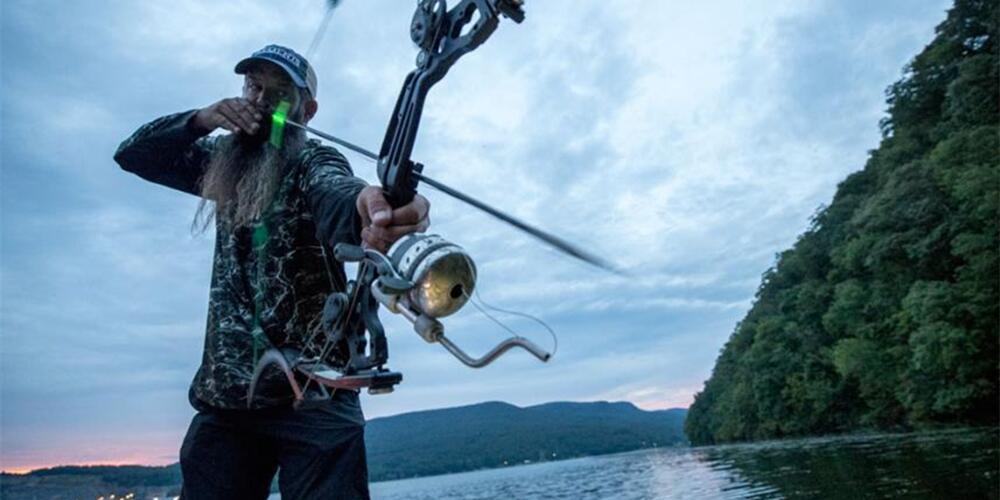
Legal and cultural considerations
Bow hunting often has different seasons and gun hunting restrictions, and varies greatly from region to region. Hunters must take into account the specific laws and culture of the region.
Methods of hunting
Bowhunters can shoot effectively at ranges of over 200 yards (180 m) compared to hunters with rifles; Archers usually limit the range to between 2.3 and 42 yards (2 and 38 m). Distance depends on individual ability, target animal, bow strength, terrain, arrows, and weather. A bowhunter might walk slowly along the ground in search of prey and carefully track it on final approach. This slow, methodical tracking is called “stalking.” Hunters often wear camouflage and walk against the wind (wind on the face) so that the prey in front of them cannot smell them.
In “standing hunting,” hunters wait for prey to come to them, usually near food, water, or known trails. Use brushes and other natural materials as cover, or use one that looks European
Countries including Denmark, France, Spain, Portugal, Italy, Hungary, Finland and Bulgaria use bow hunting as a hunting tool in modern game management. Bowhunting is banned in some European countries, including Britain. Bowhunting, like archery, enjoyed a revival in Britain during the Victorian era but has been banned since 1965. Recently Estonia passed a law allowing the hunting of small game with bows.
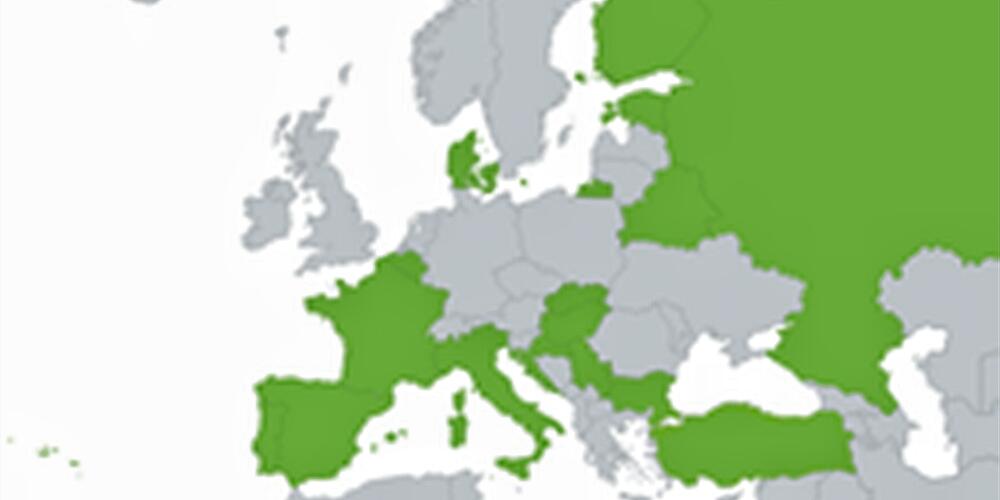
United States and Canada
In the United States and Canada, bowhunting, like other forms of hunting, is regulated by individual provinces and states. Regulations often deal with issues such as which area to hunt, what time of year (season), and what sex and breed of game can be caught. In many cases, a special archery season is set aside to minimize interference from rifle hunters. While bowhunting may occur during rifle hunting season, hunting the signature orange is usually required to be worn and worn during the crossover season. In addition, to maximize the resilience of the game and the lethality of the shot, there are often technical regulations such as minimum draw weight, minimum head width, and no barbs.
Generally, most big-game bow hunting begins in late August or early September in the northern states and Canadian provinces, and a little later in the southern states.
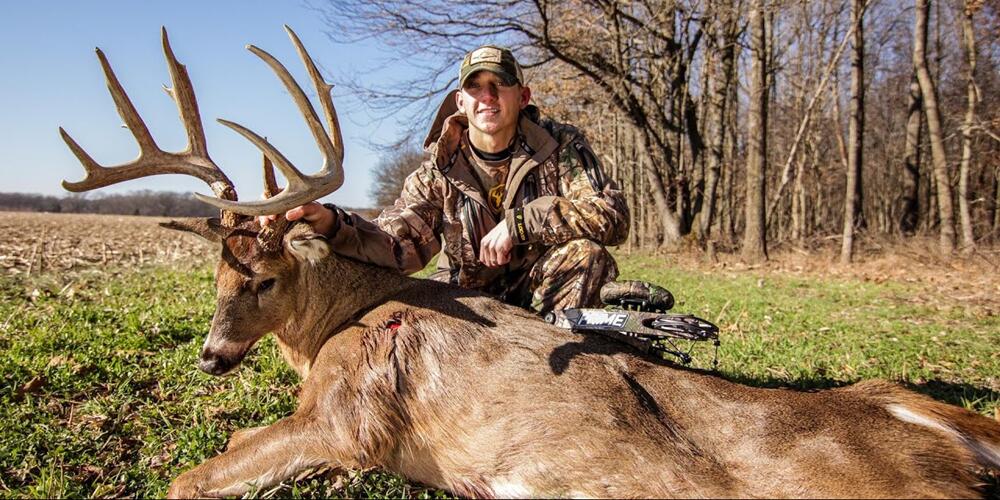
New Zealand
In 1945, organized bowhunting began in New Zealand. The New Zealand government regulates bowhunting. Every year on Queen’s Birthday weekend, a 3-day wilderness photography competition is held across New Zealand. Bowhunters must obtain a permit to hunt on private land, and without a permit, they cannot hunt in medical grounds, national parks or any other protected area. All native species are protected; Only introduced species are legal prey. There is no special season for bowhunters or gun-hunters, and there is an active association of bowhunters.
Australia
Bowhunting is done in Australia and is not specifically regulated by law. Only non-native species are recognised as prey by the Australian Bowhunters Association. However, native species can be killed in government-mandated culls.
Both Victoria and New South Wales have regulations for bowhunting. In Victoria, hunting is regulated by the Department of Sustainability and Environment (DSE). In New South Wales, this is done through the Department of Primary Industries. Currently, there are no specific hunting regulations in other states and territories.
Zimbabwe
Compound bow hunting has been legally permitted in Zimbabwe since 1989, with formal legislation allowing it since 1999. The minimum arrow weight and bow pull are specified. Bowhunting is allowed only on private or tribal land, but not in national parks. Bowhunters must be accompanied by a licensed guide or professional hunter. Bowhunting of elephants takes place mainly in Zimbabwe. In 2015, following international outrage over the illegal hunting of Cecil the lion, the Parks and Wildlife Service banned all bowhunting unless specifically authorized, as well as other hunting restrictions.
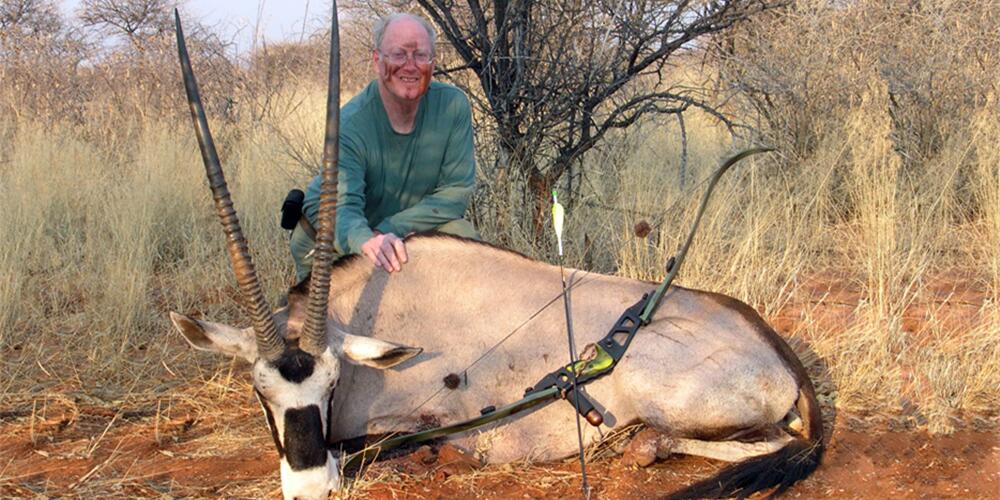
Bowhunting involves both sitting for long periods of time and going outside to move through the terrain. Bowins develops, designs and manufactures many clothes that fit. It’s important to keep your clothes warm when you’re still. Traditionally, hunting clothing is green. Instead, for more active hunts, movement and ventilation are Paramount. Effective camouflage is also important, but at the same time, visibility is key to saving lives. This problem has been solved by using well-known, well-functioning camouflage modes, where some details are signal colors to prevent accidents. Here are some recommendations:

With the help of Bowins’ professional equipment and clothing, you are sure to have a rewarding bowhunting experience no matter which destination you go to and what kind of animal you hunt! Bowins will adhere to the concept of being a world-class hunting equipment supplier, willing to explore with you in depth and breadth!
